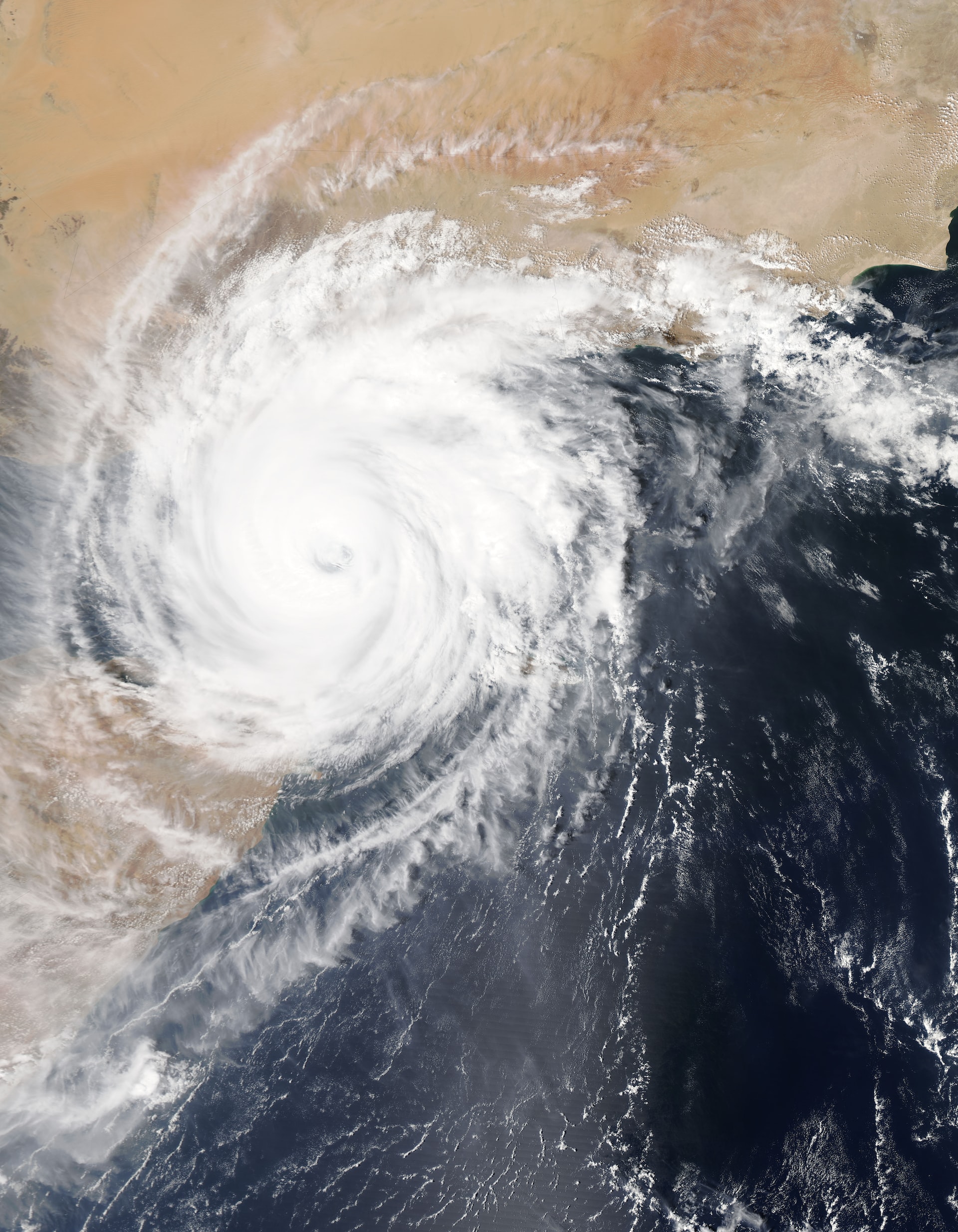
Geneva – Sea surface temperatures and ocean heat in parts of the south-west Pacific are increasing at more than three times the global average, according to a new report from the World Meteorological Organisation (WMO).
It us harming vital ecosystems, while sea level rise poses an existential threat to low-lying islands and their people.
The report illustrates how weather-related disasters are undermining socio-economic development, and threatening health, food and water security. It provides a snapshot of climate indicators like temperatures, sea level rise, ocean heat and acidification and extreme weather, alongside risks and impacts.
Temperatures in the region which includes New Zealand were cooler than the previous few years largely because of a La Niña event, which brought dry conditions in much of the equatorial Pacific, and wet conditions over parts of South-East Asia and Australia.
But this did not reverse the long-term warning trend or slow other climate change impacts like the melting of glaciers.
In 2021, the region reported 57 natural hazards, 93 percent of which were floods and storms. Overall, 14.3 million people were directly affected by these disasters, causing total economic damage of $US5.7 billion. Economic damage from storms has increased by 30 percent and more than doubled for floods, compared to the past two decades.
And yet, despite being on the frontline of climate change, many countries in the South-West Pacific region don’t have enough tools to adapt. There are big gaps in observing systems and early warning services.
The risk-scape of the south-west Pacific is expanding and intensifying with climate change, combined with further challenges emanating from the ongoing mission of covid recovery.
Australia has suffered the highest proportion of economic losses due to floods in the region ($US2.5 billion), followed by New Zealand ($US247 million), and Malaysia ($US200 million).
Given that floods and tropical cyclones account for the highest economic losses, adaptation investment must be directed towards prioritising anticipatory action and preparedness for these events, the report says.
New infrastructure needs to be made more resilient, alongside improvements in water resources management and dryland agriculture crop production, while nature-based solutions bring durable and wide-ranging benefits.
The tropical cyclone season was slightly below average overall in the western north Pacific and close to average in terms of total numbers of tropical cyclones in both the Australian and south Pacific regions.
Tropical cyclones with strong winds and heavy rainfall destroyed many of the small hold farms and individual gardens upon which around 80 percent of all Pacific Islanders rely for agricultural produce, thereby contributing to increased food insecurity in the region.
Kiribati and Tuvalu, where annual rainfall was widely less than 50 percent of average, were the worst affected by drought, while Micronesia and the Marshall Islands also experienced significant drought at times.

